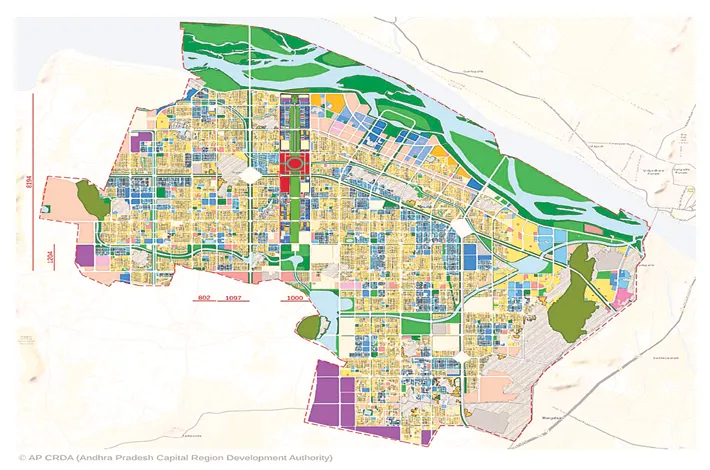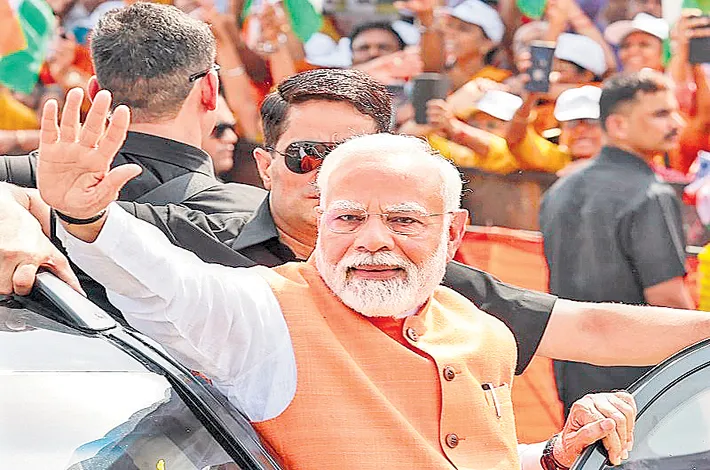85% tree survival achieved through scientific transplantation
18-05-2025 12:00:00 AM

Nearly 600 trees have been transplanted across the region, with species including neem, peepal, banyan, and rain trees
Metro India News | AMARAVATI
In a refreshing departure from the norm of felling trees during infrastructure projects, Amaravati is setting a new benchmark in environmentally responsible development. As the Andhra Pradesh government pushes forward with road expansion and urban infrastructure in the capital region, officials have adopted a scientific method of tree transplantation—achieving an impressive survival rate of up to 85%.
Under the direction of the Andhra Pradesh Capital Region Development Authority (APCRDA) and the Roads & Buildings Department, hundreds of fully grown trees obstructing road works are no longer being discarded as casualties of progress. Instead, they are being carefully uprooted, treated with specialized nutrients, and relocated to designated green zones, parks, and open government lands within the Amaravati region.
“Every tree matters. Instead of simply axing trees that stand in the way of road-laying work, we’ve partnered with environmental engineers and arborists to carry out scientific transplants. These trees are part of our ecological legacy, and we’re committed to preserving them,” said M.Srinivasulu, MD, AP Greening and Beautification Corporation.
The process is meticulous. Trees are first assessed for age, health, root structure, and suitability for transplantation. Those identified for relocation are then pruned and treated with anti-stress hormones and root-growth stimulants. Using mechanized root ball extraction, the trees are lifted with their root systems intact, wrapped in nutrient-enriched soil, and transported to new sites. Aftercare includes regular watering, shading, and fertilization.
This initiative began as part of the Amaravati master plan in 2023, when urban road projects around Mandadam, Thullur, and Rayapudi faced public opposition over large-scale tree cutting. The government, under pressure from environmental groups and citizen forums, responded with a more sustainable approach. Since then, nearly 600 trees have been transplanted across the region, with species including neem, peepal, banyan, and rain trees.
Environmentalists have also applauded the move. “Amaravati is proving that development and ecological balance can go hand-in-hand,” said K. Praveen Kumar, an environmental activist from Vijayawada. “The 85% survival rate is quite high by national standards. It shows what’s possible with scientific planning and political will.”
While the process is costlier and more time-consuming than felling, authorities argue that the long-term environmental benefits outweigh the expenditure. “It may cost two to three times more to transplant a tree than to cut it, but what is the cost of a lost tree canopy? What is the value of clean air and shade?”
With global concerns over climate change and deforestation mounting, Amaravati’s initiative could serve as a model for other cities across India. It signals a shift in how urban planning can be reconciled with ecological consciousness—one tree at a time.








